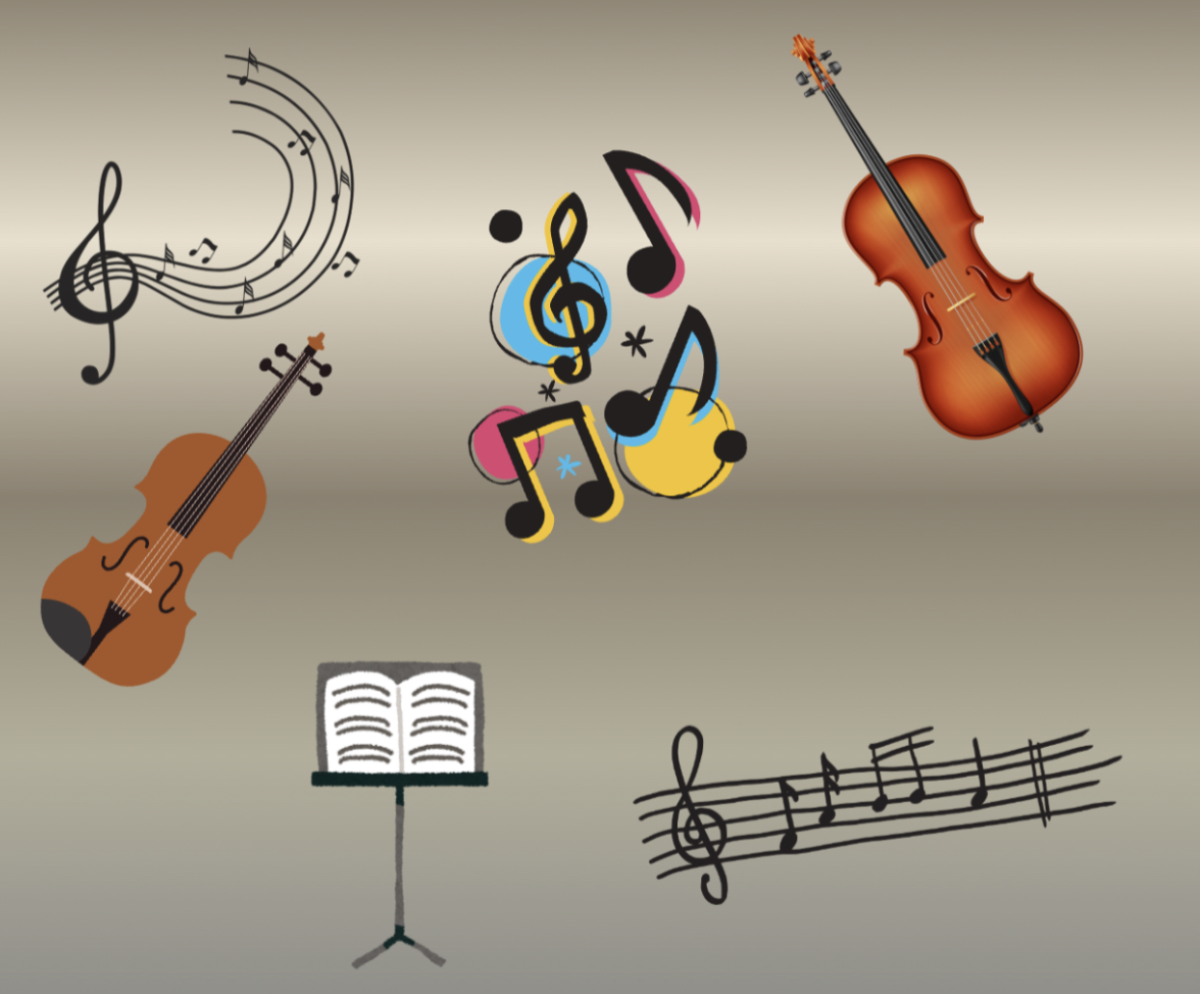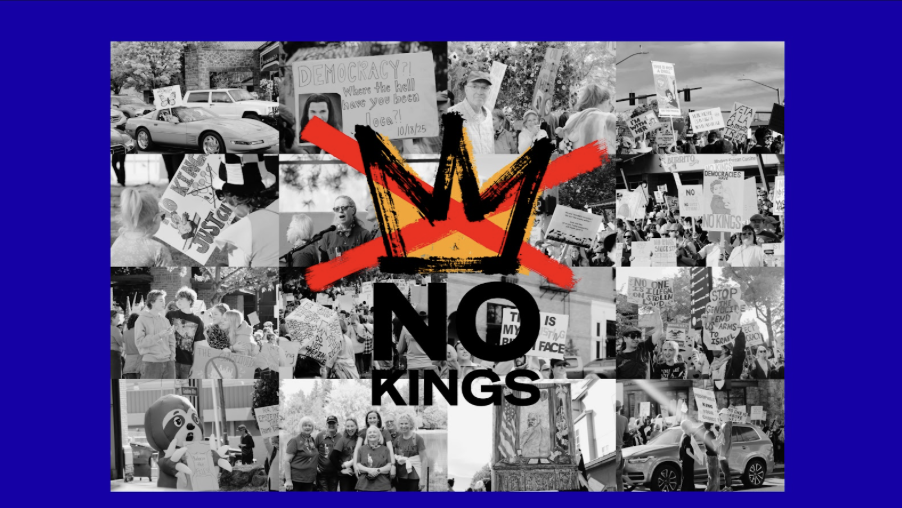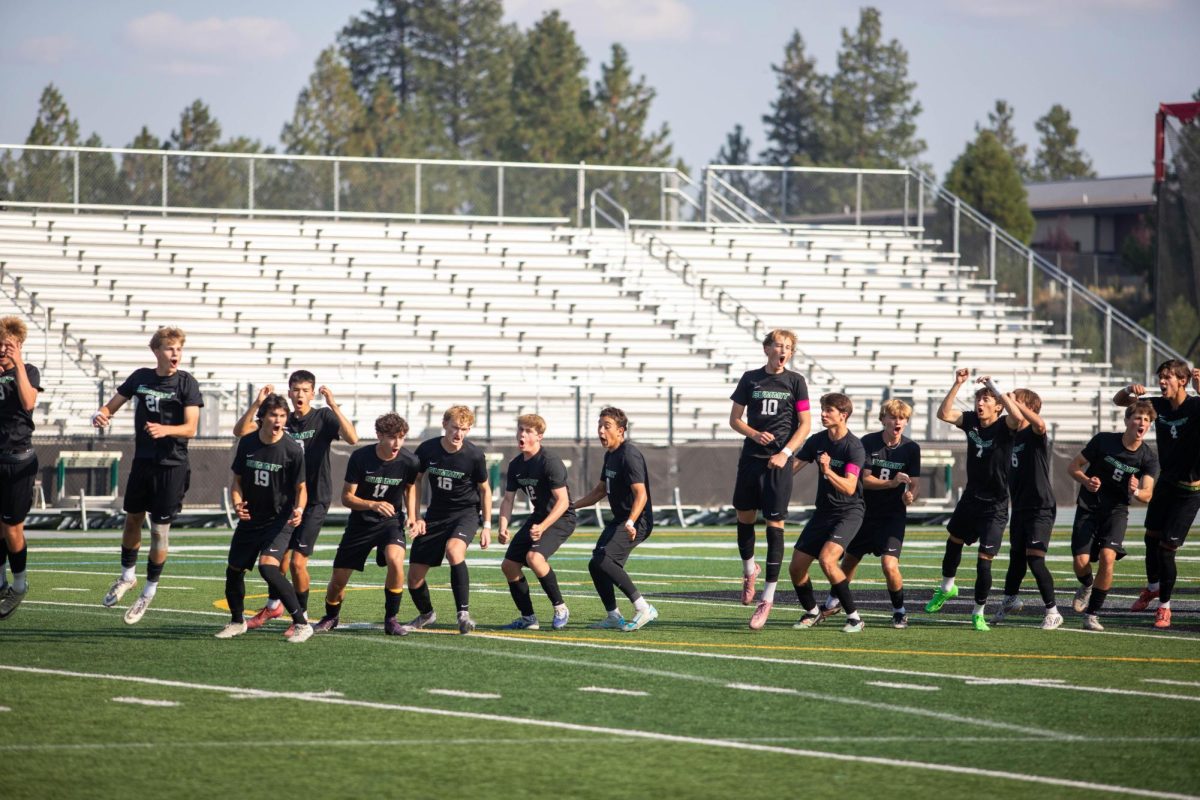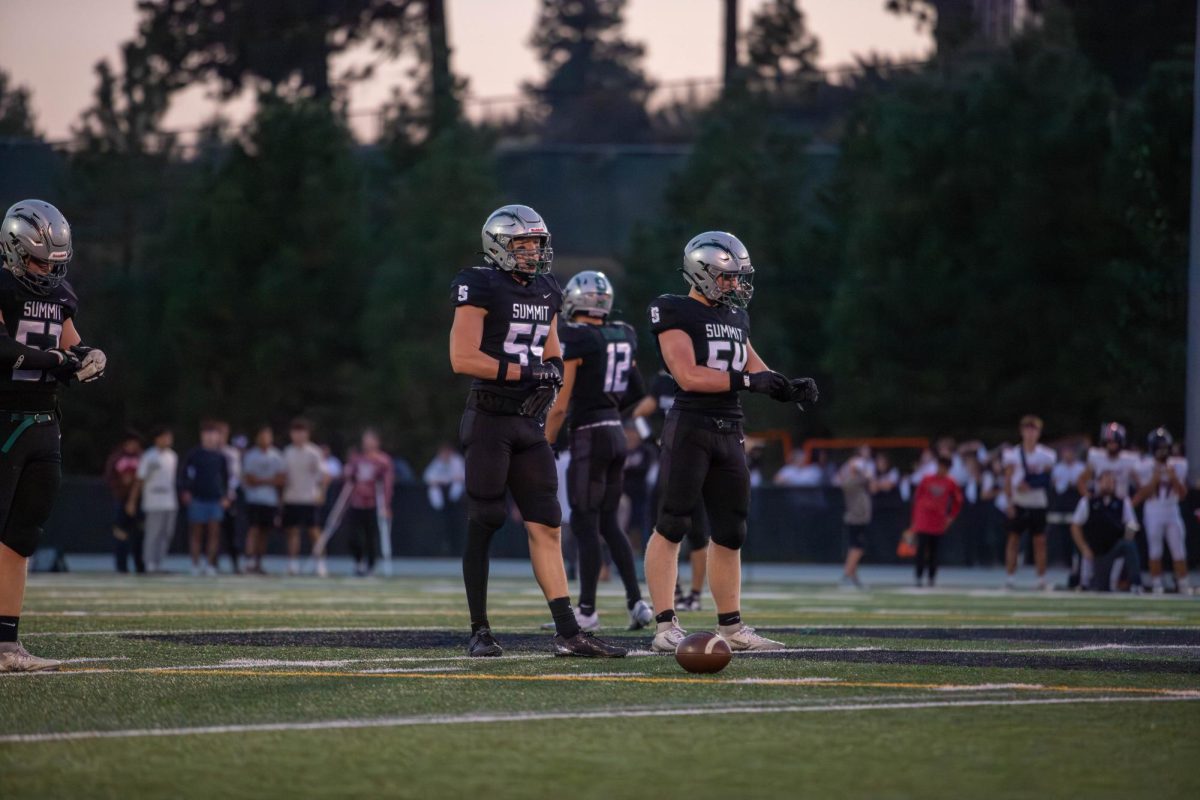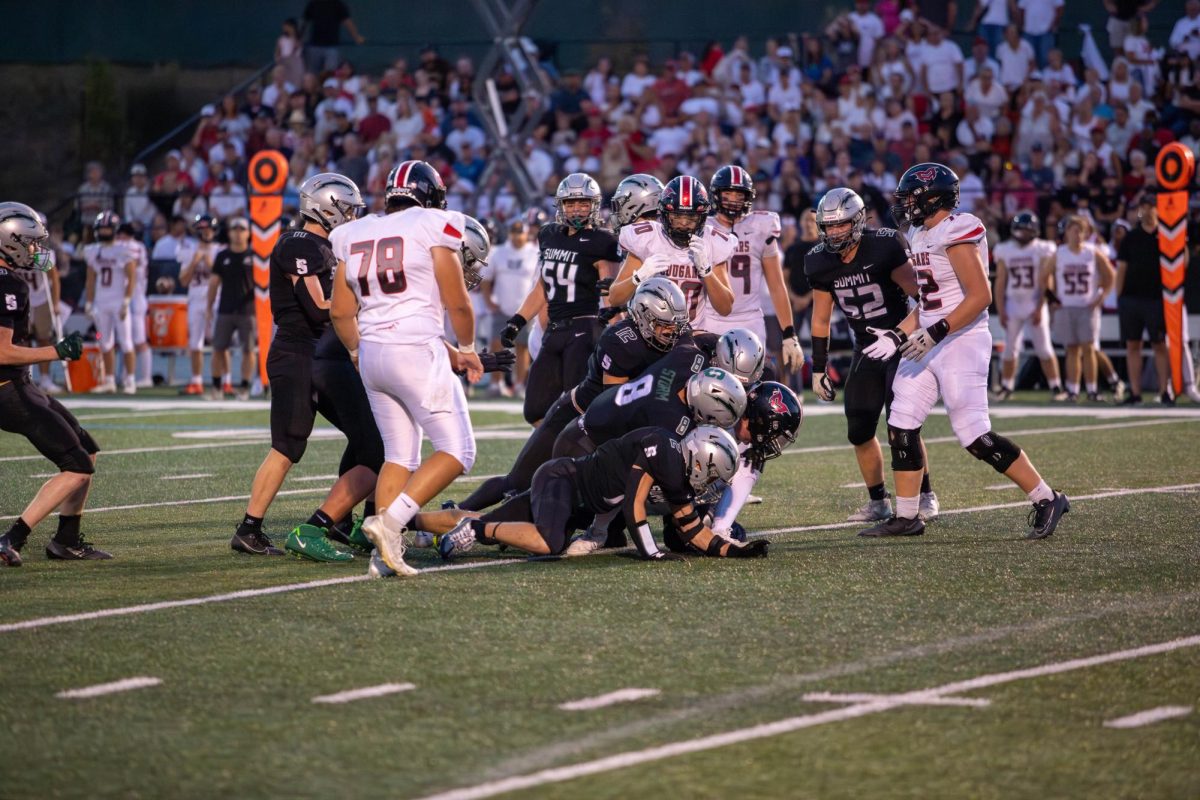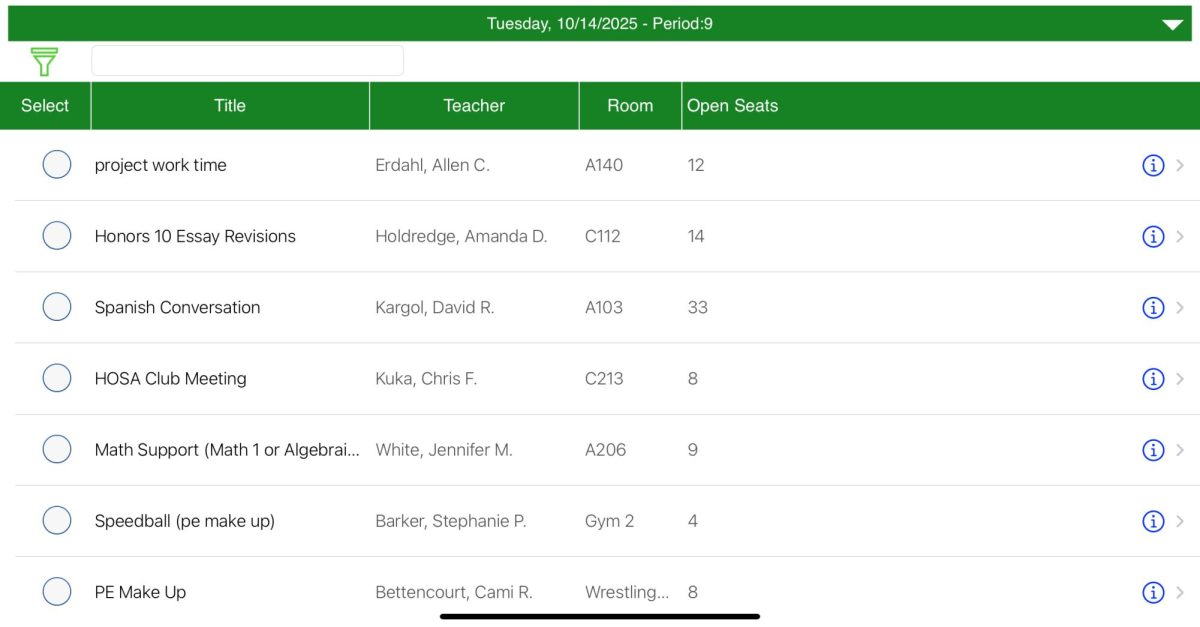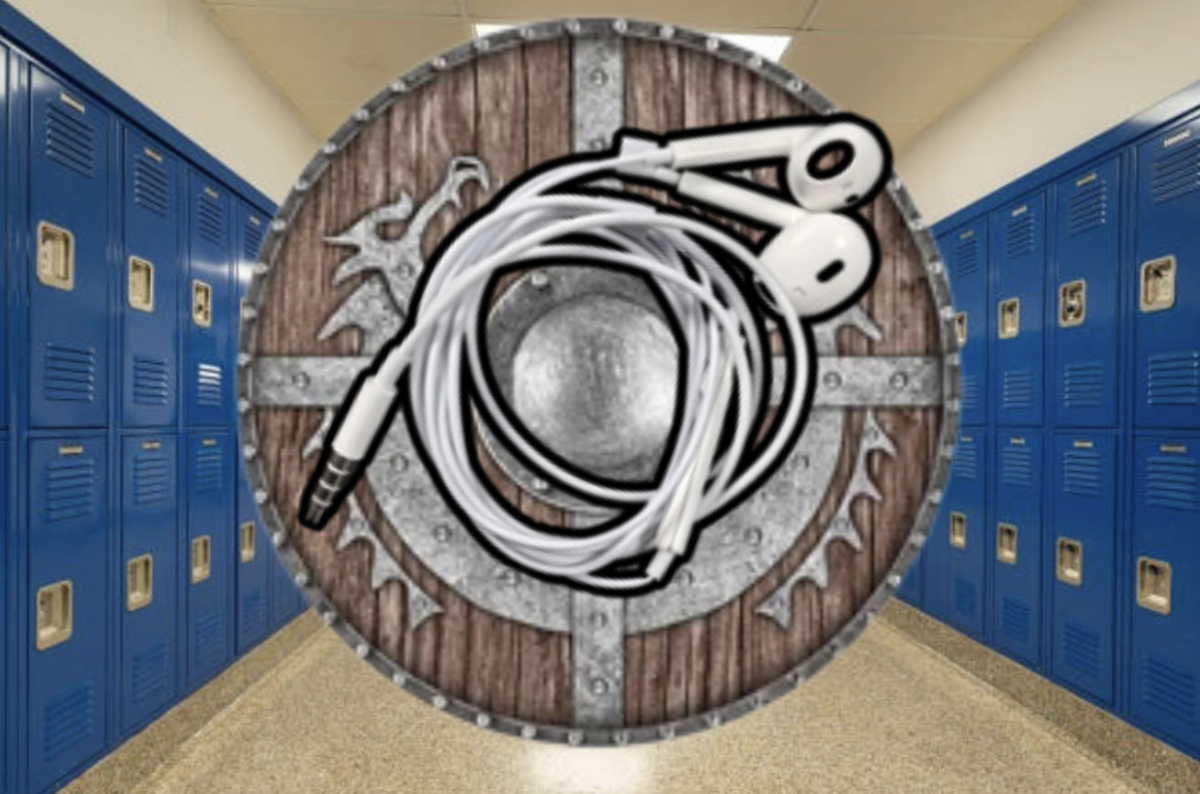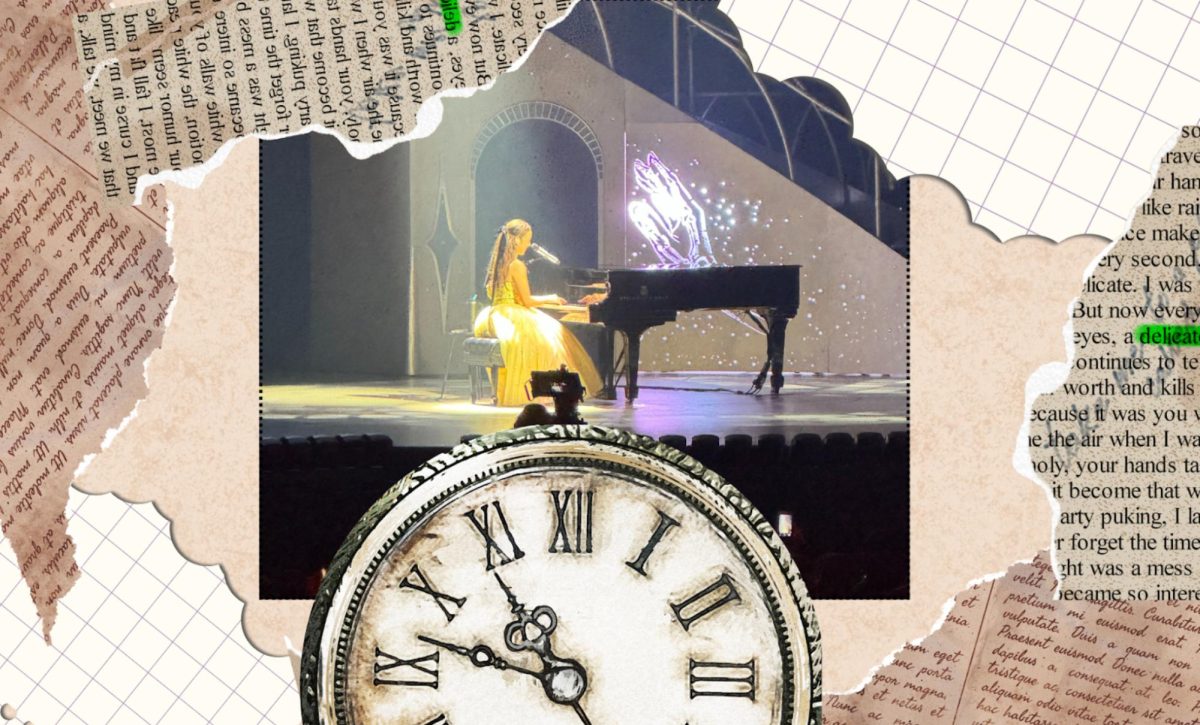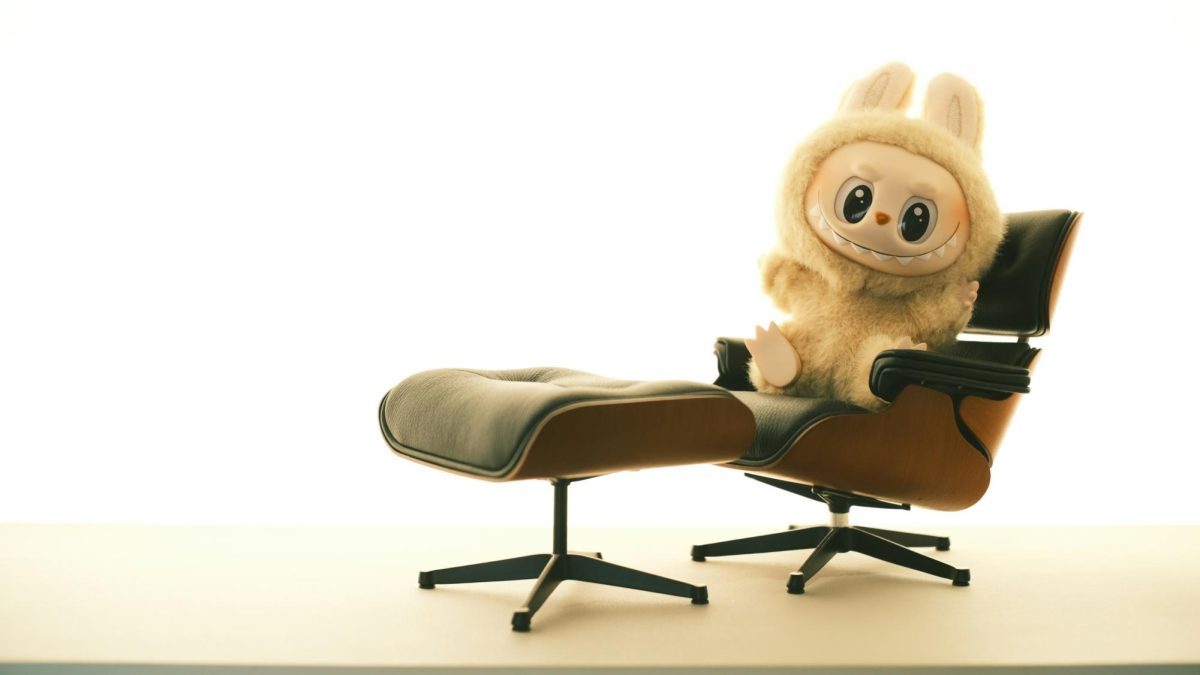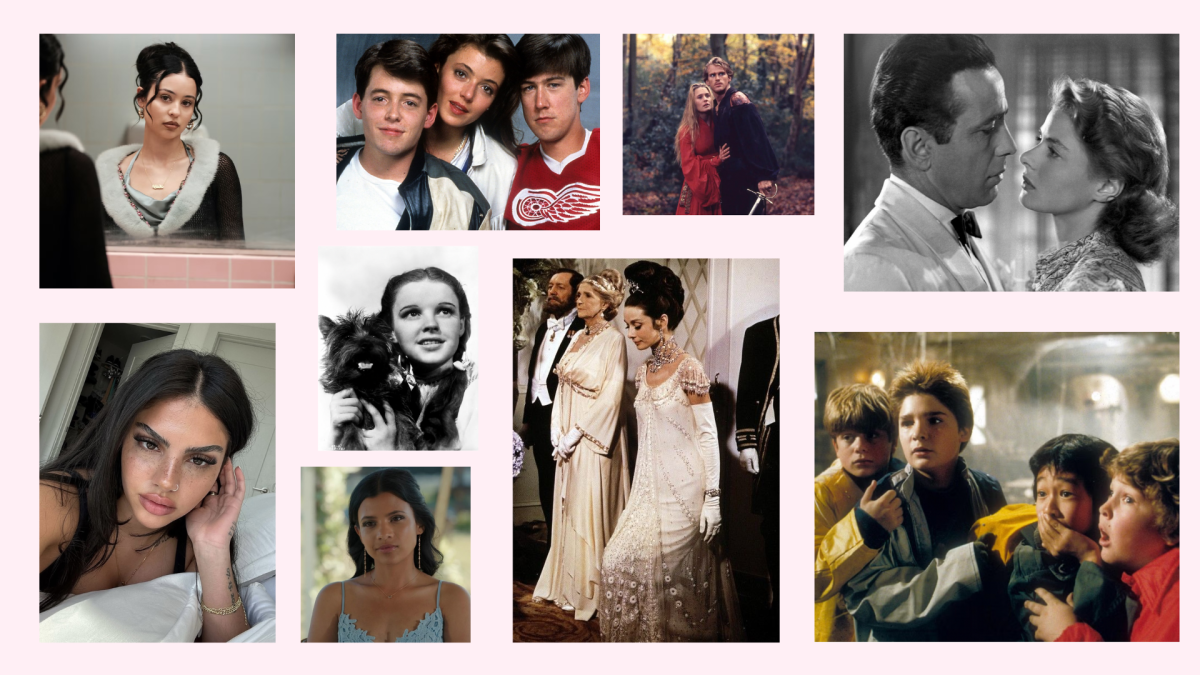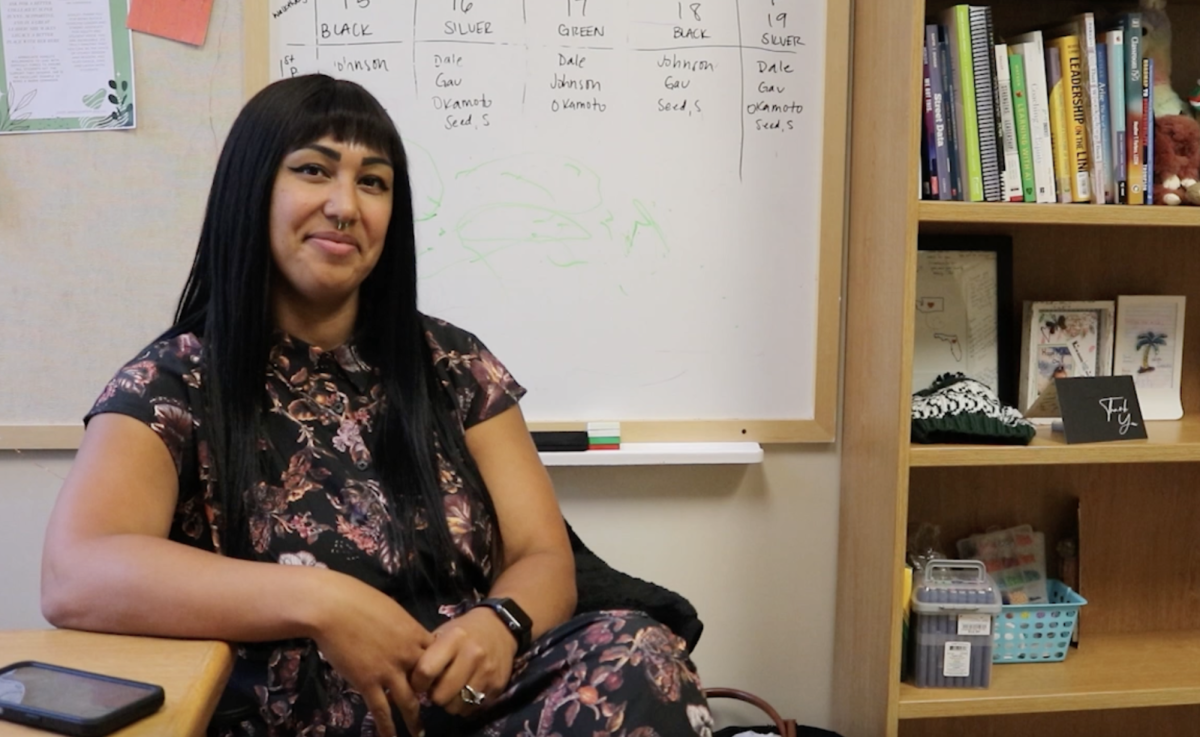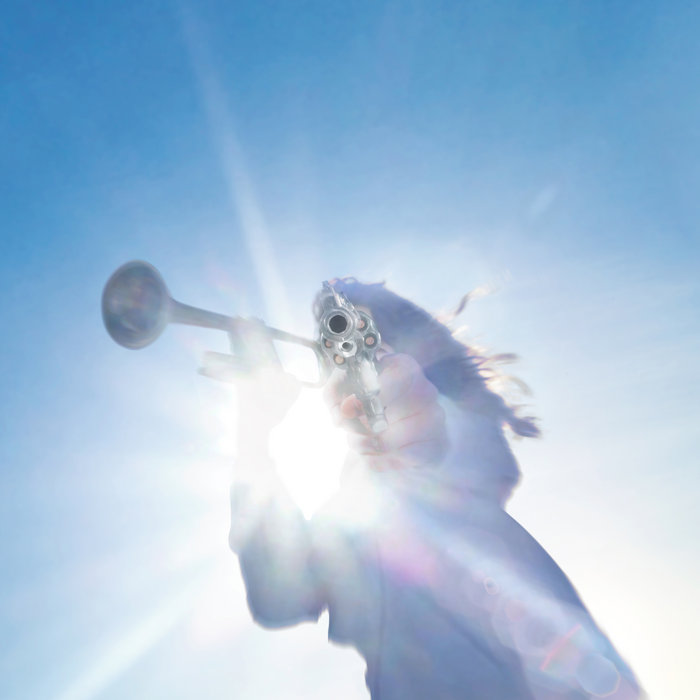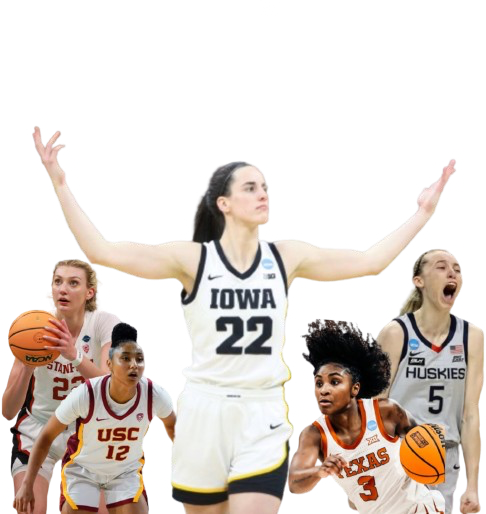Women’s college basketball is currently averaging 35,000 more viewers than men’s teams according to Michael Mulvihill, President of Insights and Analytics at Fox Sports.
The increase in viewership and media attention has been largely accredited to Caitlin Clark of the Iowa Hawkeyes. Clark beat LSU’s “pistol” Pete Maravich’s record of 3,667 for most career points in Division I history for men and women that had stood since 1970.
“The first thing that comes to mind is Caitlin Clark,” said Summit High School’s varsity girls basketball coach Lynnette Landis when asked about the reason for this sudden viewership increase. “She’s is one in a line of female athletes that have emerged, and she’s done it in an era where athletes in general, and college athletes are getting paid.”
College basketball athletes now have access to endorsements, and Clark has scored deals with major brands, such as Nike, Gatorade and State Farm. This increased exposure, partnered with Clarks logo-range shot, extremely entertaining play style and the ability social media to spread highlight clips at a rapid rate, has played a major role in creating thousands of new Hawkeye–and women’s basketball–fans.
There has also been support from male basketball players, such as Stephen Curry and Earvin “Magic” Johnson, who have been vocal about uplifting the women’s game.
“Back before your time we had athletes like Billie Jean King going against a male counterpart and it was like a tense rivalry, trying to prove males were better. Now you’re getting support from the men saying ‘we support you, we’re going to come to your games, and we’re going to shine more light on you,”said Landis.
It has taken many years to get to the point women’s basketball is at now, and players like Maya Moore, Sheryl Swoopes, Sue Bird and Diana Taurasi have been unrelenting activists for equal rights in women’s sports. Thanks to athletes like them, after nearly 50 years since the first televised women’s game, results are really showing.
“It’s exciting for me, it took a long time for women’s sports to get where they are right now. It was such a male dominated culture back then,” said Landis. “Until I got to high school, we didn’t have female basketball for girls. And so I had to play on the junior high boys team. Which was cool for me, probably wasn’t cool for those boys back then because I was, and I’m not just bragging, better than most of them.”
As college and professional female athletes continue to bridge the gap between mens and womens sports, high school athletics may also undergo similar changes, and the student section could grow for both the girls and boys team.
“I think that based on what’s emerging now in our society, in terms of women’s sports, [women’s sports attendance] will only increase with the student section. And that also has to do with how our student StuCo is structured and the importance they put on supporting all athletics,” said Landis.
This surge in societal support is not isolated but indicative of a larger cultural change, one where women’s sports are valued, celebrated and given the platform they deserve. As women’s basketball continues to gain momentum and autonomy, it symbolizes more than just a sport: it embodies the resilience, determination and triumph of female athletes and advocates who have tirelessly worked towards equity and representation.
“It’s come a long way and now we have our own. We have our own sport, we own it. It’s supported,” said Landis. “And so I think for those of us that are old enough to say we helped kind of trailblaze some of that, it wasn’t me personally, but we stuck with it, because we loved it. And we’re seeing that culture shift and it’s pretty exciting.”

